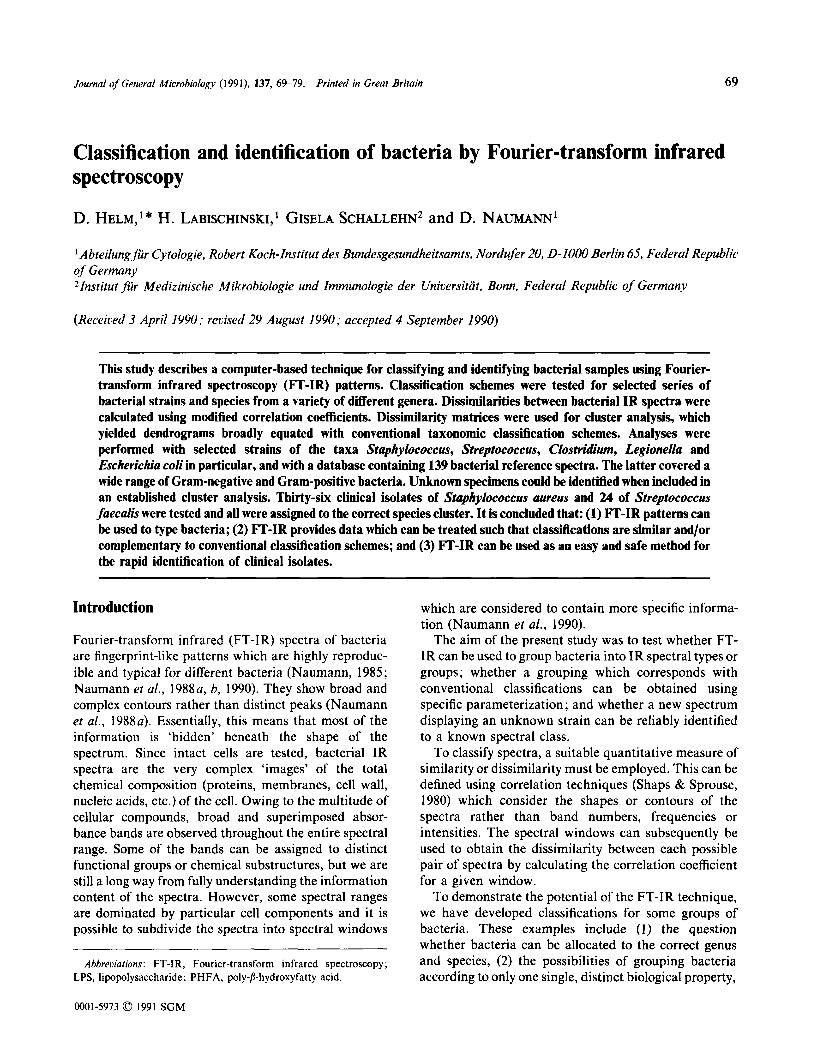Naming and Writing Formulas for Acids!
The particular way it is written is common in organic chemistry. An alternate way to write acetic acid is HC 2 H 3 O 2. This is done in the inorganic style which you are currently studying. One last comment before looking at how to name acids: the formula H 2 O should not be considered an acid.
Nomenclature of common acids This chart provides the nomenclature of some common anions and acids More complex acids have oxygen in the compound. There is a simple set of rules for these acids. Any polyatomic ion with the suffix “-ate” uses the suffix “-ic” as an acid.
Carboxylic acids are given the highest nomenclature priority by the IUPAC system. This means that the carboxyl group is given the lowest possible location number and the appropriate nomenclature suffix is included. In the case of molecules containing carboxylic acid and alcohol functional groups the OH is named as a hydroxyl substituent.

Binary acids are named by writing hydro followed by the root of the name of the nometallic atom, then -ic, and finally acid: hydro(root)ic acid The only exception to remember is that the “o” in hydro is left off for HI(aq), so its name is hydriodic acid (an acid used to make pharmaceuticals).

Standard mutation nomenclature based on coding DNA reference sequences and protein-level amino acid sequences requires prefixes “c.” and “p.,” respectively, as in Figure 2. Standard nomenclature based on genomic DNA reference sequences and RNA reference sequences is not shown.

This set of Naming Compounds and Acids Notes include a complete breakdown on the different types of compounds, naming ionic and covalent compounds, transition metals and polyatomic ions, naming acids, writing compound names from the chemical formula, writing the chemical formula from the compound name, and so much more.

Naming Acids Simple covalent compounds that contain hydrogen, such as HCl, HBr, and HCN, often dissolve in water to produce acids. These solutions are named by adding the prefix hydro - to the name of the compound and then replacing the suffix -ide with -ic.

This page explains how to write the formula for an organic compound given its name - and vice versa. It covers alkanes, cycloalkanes, alkenes, simple compounds containing halogens, alcohols, aldehydes and ketones. At the bottom of the page, you will find links to other types of compound. You need to.

Chemical nomenclature is far too big a topic to treat comprehensively, and it would be a useless diversion to attempt to do so in a beginning course; most chemistry students pick up chemical names and the rules governing them as they go along.

Write the formulas that correspond to the names nitric acid and nitrous acid. Solution: We recognize these as names of oxyacids, because they have the forms (root)ic acid and root(ous) acid. Nitric acid is a very common acid, one whose formula, HNO 3, you ought to memorize.

Nomenclature and properties of acyl (acid) halides and acid anhydrides. Google Classroom Facebook Twitter. Email. Nomenclature and reactions of carboxylic acid derivatives. Nomenclature and properties of acyl (acid) halides and acid anhydrides. This is the currently selected item.

Gene nomenclature is the scientific naming of genes, the units of heredity in living organisms. An international committee published recommendations for genetic symbols and nomenclature in 1957. The need to develop formal guidelines for human gene names and symbols was recognized in the 1960s and full guidelines were issued in 1979 (Edinburgh Human Genome Meeting).

Peptide Nomenclature Guide Symbols and structures for amino acids Common (“proteinogenic” or “coded”) amino acids have a three-letter symbol and are also represented by a one-letter symbol.



